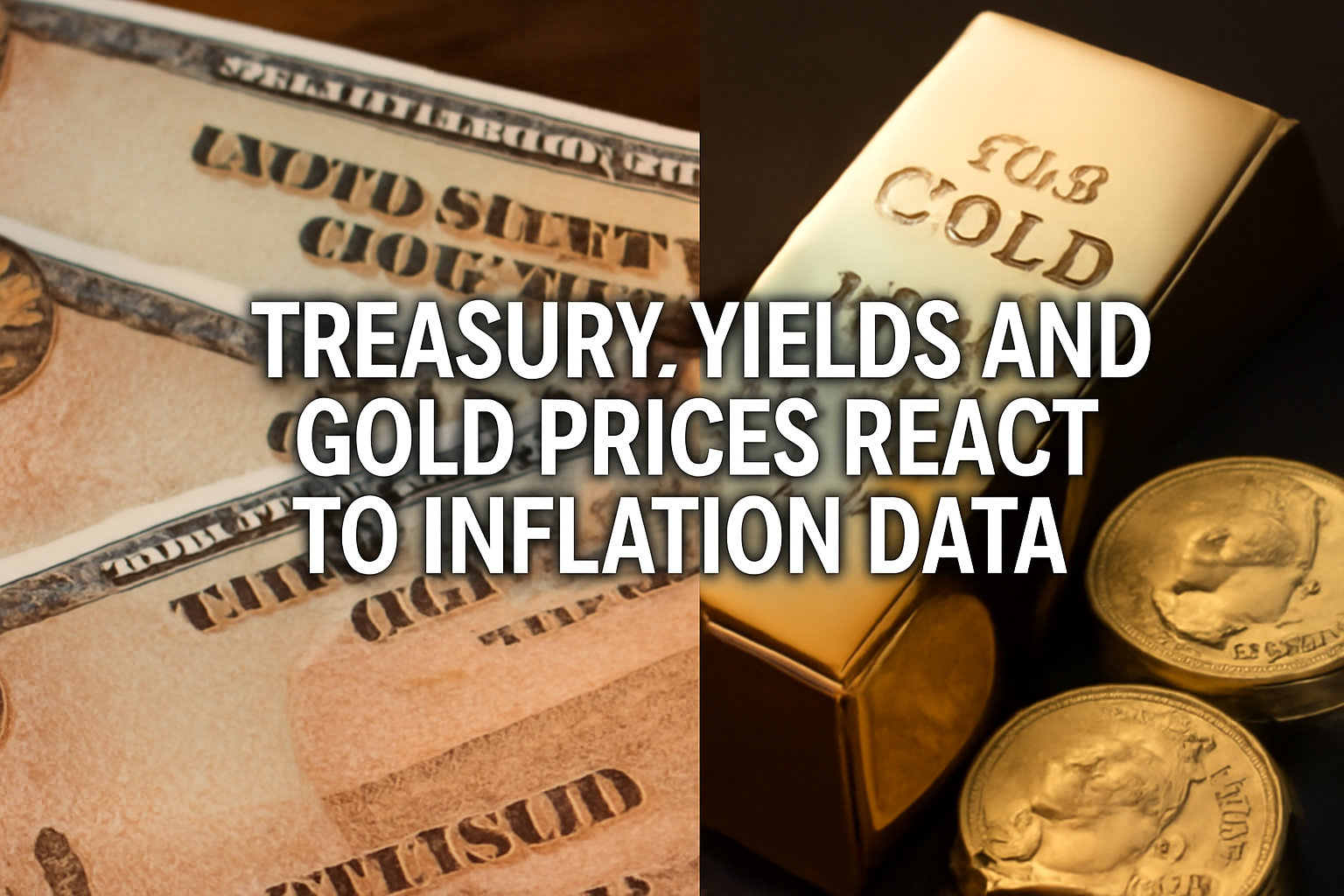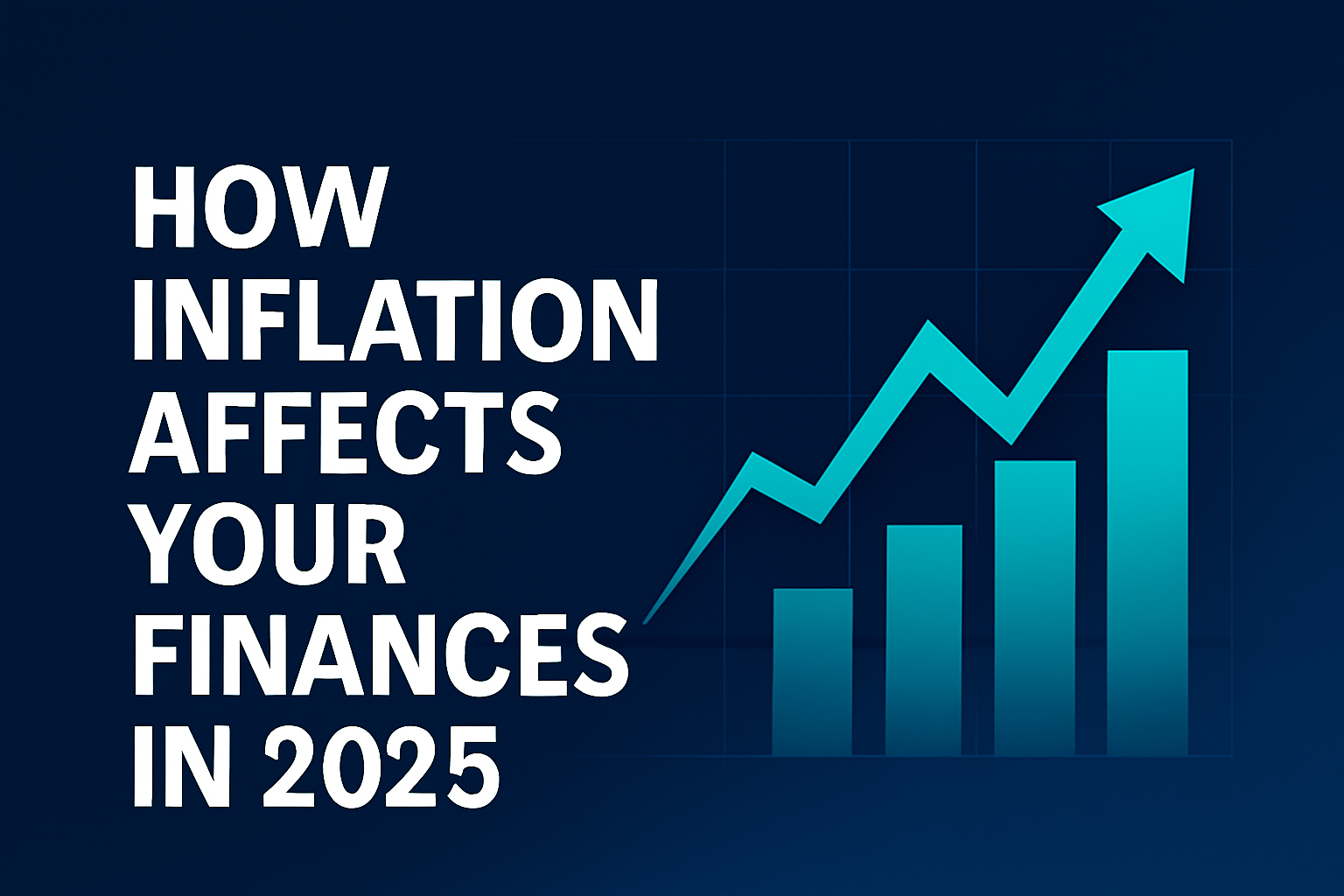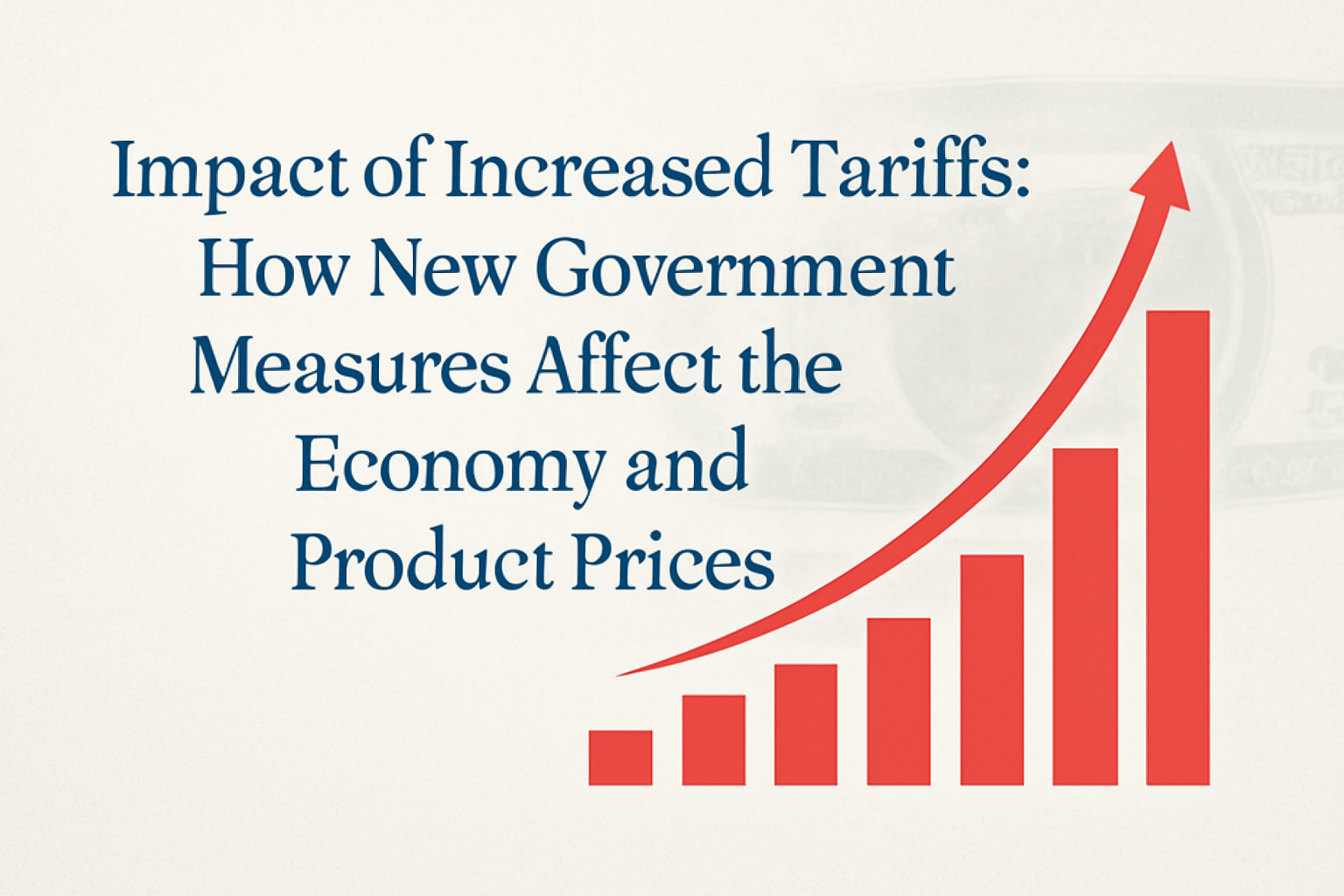Summary:
With the release of May’s inflation data, U.S. Treasury yields fell, and gold prices rose, reflecting market reactions to the new economic numbers. The relationship between economic data and movements in commodity and bond markets remains a crucial topic for investors and analysts in 2025.
📉 The Impact of Inflation Data on the Bond Market
On June 11, 2025, financial markets were shaken by the release of the May inflation data. The Consumer Price Index (CPI) showed a monthly increase of 0.1%, with an annual rise of 2.4%, slightly below market expectations. The data triggered an immediate reaction in financial markets, with U.S. Treasury yields falling.
The 10-year U.S. Treasury yield, which serves as a benchmark for interest rates in the country, dropped to 4.45% compared to 4.47% the previous session. This fall in yields reflects the market’s expectation that inflation is under control, at least in the short term, and may reduce the pressure for aggressive interest rate hikes by the Federal Reserve.
The relationship between inflation data and bond yields is complex. Investors typically view lower yields as a sign that inflation is being controlled, which reduces expectations for rapid rate hikes. Conversely, lower yields make bonds more attractive to investors, as bond prices rise when yields fall.
💰 How Gold Prices React to Inflation
Gold prices also reacted strongly to the inflation data. The precious metal rose by 1%, reaching $3,375 per ounce. Gold is widely considered a safe-haven asset, and its rise can be seen as a response to increased economic uncertainty and the expectation that the Federal Reserve might be more cautious in its monetary policy.
When inflation data shows controlled or slowing growth, investors worry less about aggressive tightening but still seek safety in gold. Additionally, the rise in gold prices can be viewed as a response to a weaker dollar, which tends to occur during times of caution in U.S. monetary policies.
For investors, gold remains a hedge against inflation, especially during periods of financial market volatility. While U.S. Treasury bonds offer a degree of security, gold prices provide an alternative form of protection against rising inflation.
📊 What This Means for Investors
The market’s reaction to the inflation data highlights the interaction between key financial assets. The drop in Treasury yields and the rise in gold prices indicate that investors are cautious about the future of monetary policy and the U.S. economy. While inflation data showed a slight pullback, investors continue to look for assets that offer protection against economic uncertainties.
For bond investors, the lower yields may be seen as a positive sign, as they indicate less risk of aggressive rate hikes. This could benefit those holding U.S. Treasury bonds or those seeking a safer way to allocate their capital.
On the other hand, investors seeking safety in assets like gold may continue to take advantage of the higher gold prices as a way to protect their portfolios against inflation and economic volatility. Furthermore, the increased attractiveness of precious metals may indicate that investors prefer tangible assets in a climate of higher uncertainty.
🔮 The Future of Treasury Yields and Gold Prices
The behavior of Treasury yields and gold prices is closely tied to the direction of the Federal Reserve’s policies and the economic data being released in the coming months. If inflation continues to decelerate, Treasury yields are likely to remain low, which may benefit fixed-income investors.
On the other hand, if economic data shows a stronger-than-expected increase in inflation, this could provoke a market reaction, with an increase in Treasury yields and a possible drop in gold prices. However, given gold’s historical role as a safe-haven asset, it may continue to attract investors seeking stability in times of uncertainty.
📝 Conclusion: How Investors Can Leverage Opportunities
The key for investors in 2025 will be understanding the interaction between inflation, interest rates, and the financial assets most correlated with these factors. With inflation at relatively controlled levels but uncertainties still on the horizon, savvy investors will continue to monitor trends in the bond market and gold, taking advantage of the opportunities that arise from fluctuations in these assets.
If you’re an investor looking to protect your portfolio against inflation, consider diversifying your investments by including both Treasury bonds and assets like gold, which offer different forms of risk mitigation. Market conditions can change quickly, but a well-balanced portfolio, adjusted to respond to economic fluctuations, can be the key to achieving long-term financial stability.
Key Takeaways:
- Lower inflation data led to a decrease in Treasury yields.
- Gold prices rose by 1%, reflecting demand for safe-haven assets.
- Investors should stay alert to inflation data and interest rate decisions in the coming months.
- Diversifying between bonds and gold can be an effective strategy for protection against inflation.







Leave a Reply